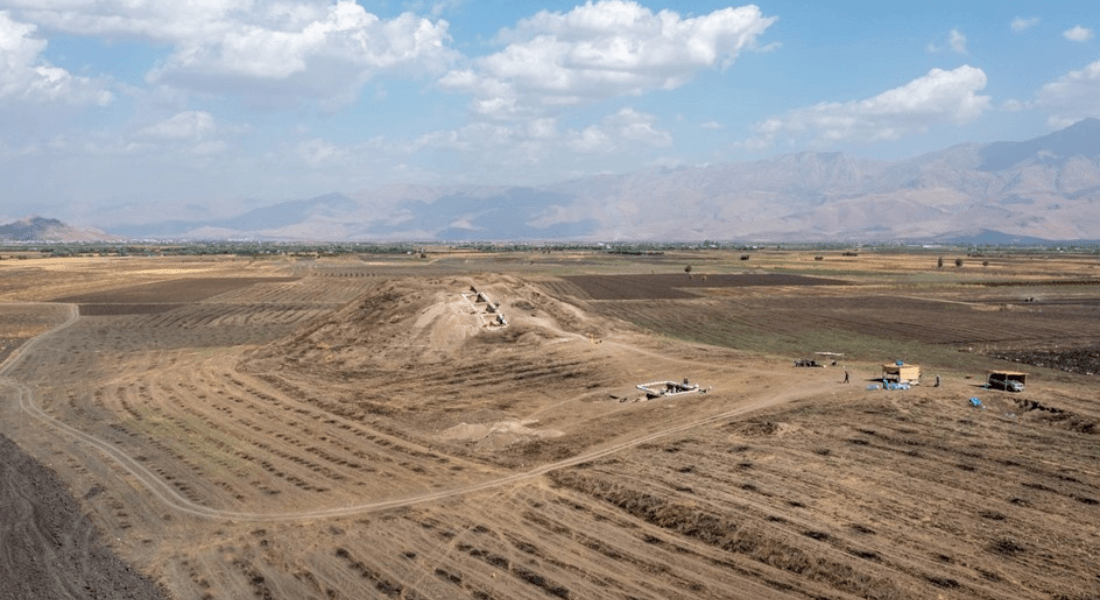A Landscape of Crisis. Archaeology at Gird-i Begum in Iraqi Kurdistan
Join us for a guest lecture by Reinhard Bernbeck and Susan Pollock. All are welcome!

Abstract
Tell Begum is an archaeological site in the Halabja region in the Kurdish Iran-Iraq border zone. Its stratigraphy reaches from the Late Neolithic to the 21st century. We provide a brief overview of our project at the site since 2022.
Following investigations by Iraqi archaeologists in 1960 and Olivier Nieuwenhuyse in 2013, our research focuses on the Chalcolithic and Early Bronze age layers. While working on a step trench, we discovered unexpected evidence of a 20th century military use of Gird-i Begum. The finds contextualize the violent conflict between Iraq and Iran.
With this evidence, we set Saddam Hussein’s genocidal actions, especially the atrocious chemical attack on the nearby city of Halabja, into a larger context of the „Anfal“ campaign of 1988 to 1989 in Kurdistan.
Bios
1999- 2014 Professor at the Department of Anthropology, State University of New York at Binghamton.
2014-2023 Professor at the Institute for Western Asian Archaeology, Free University Berlin.
Excavation in Turkey, Iran, Turkmenistan, as well as in Germany (Forced Labour camp, WWI PoW camp).
1985-2014 Professor at the Department of Anthropology, State University of New York at Binghamton.
2014-2022 Professor at the Institute for Western Asian Archaeology, Free University Berlin.
Excavation in Iraq, Turkey, Iran, Turkmenistan, as well as in Germany (Forced Labour camp, WWI PoW camp, at the former Kaiser Wilhelm-Institute for Anthropology, Human Heredity and Eugenics).
Map of South Campus
View directions.
View on map of the Faculty of Humanities - South Campus.
View map of South Campus (pdf).
